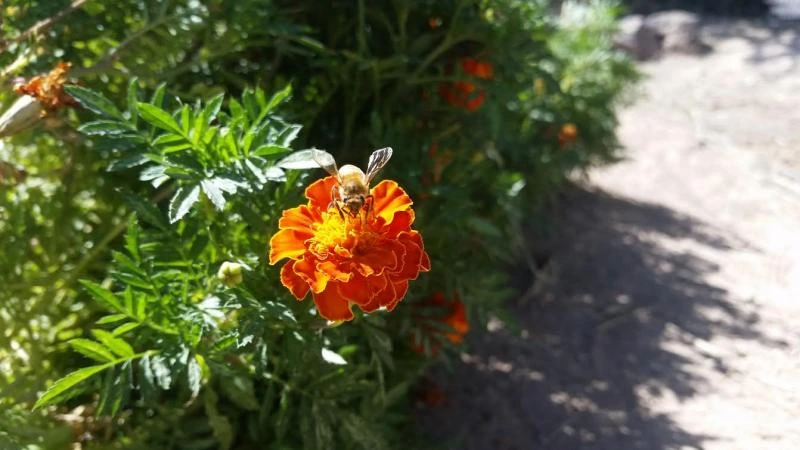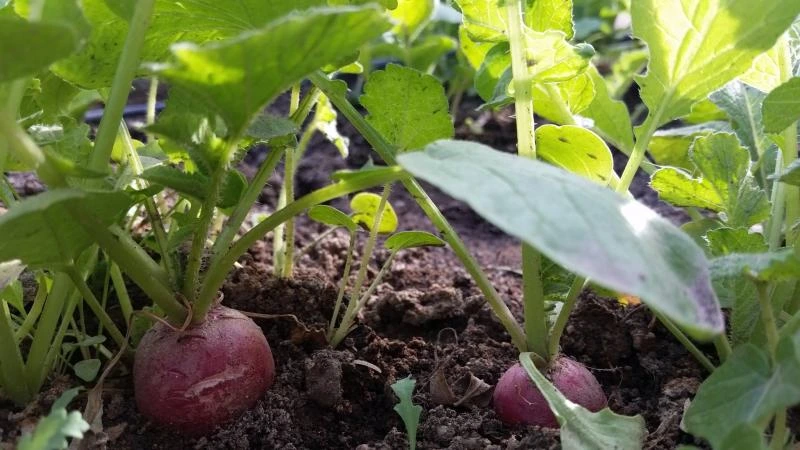Greening the Food Deserts is a project that uses the city of Tucson as a case study to integrate dimensions of social justice and environmental sustainability into applied research on food access.

Specifically, this study was created to comprehensively examine how urban agriculture practiced in community and backyard gardens can help address food accessibility among vulnerable populations. Therefore, the project focuses on low-income, food desert neighborhoods with an emphasis on women, the elderly, recent migrants, and handicapped adults.
In coordination with our community partners, the project assists in setting up a network of organizations working with low-income populations in food deserts. By means of direct research with gardeners and a spatial analysis of Tucson neighborhoods, the project identified the benefits and barriers of urban agriculture in meeting the social, economic, and technical needs of gardeners. In addition, it aids in the planting of native species around garden plots to facilitate the cooling of urban heat islands and to provide a habitat for essential pollinators. To promote water conservation in Tucson, participating community gardens were supplied with resources for the efficient maintenance of plot drip irrigation systems. The project also contributed to the development of a new community garden for low-income individuals living with disabilities, as well as to a fund that subsidizes community garden plot fees for low-income gardeners.
Project Goals
Access to Healthy Food
Adequate access to healthy food has become a more pressing societal issue due to the recent recession and continued un- and under-employment depressing income (Campbell and Duisin 2014). The number of food stamp (SNAP) beneficiaries rose to the highest level in history between 2012 and 2014, serving 15% of the total U.S. population. In Arizona, a higher share, 17.15% of the state population benefited from SNAP (USDA 2015).
The research site for this proposed project is the city of Tucson, Arizona which ranked sixth poorest U.S. metro area, with an estimated 26.6% of the population living under the poverty level in 2012 (Bishaw 2012; City of Tucson 2012). Those most at risk for food insecurity are persons living below the poverty level, the elderly, the disabled, women and children (Ziliak and Gundersen 2014). Although lack of access to healthy food has been correlated with a higher incidence of obesity, diabetes, high blood pressure and other diseases (Adams et al., 2003), a comprehensive understanding of food access in disadvantaged neighborhoods is limited.
The concept of ‘food deserts’ was developed to define geographically isolated locations comprised of low-income populations where access to healthy, affordable foods – especially fruits and vegetables – is limited or non-existent because of the absence of full-service grocery stores within easy traveling distance (the USDA defines this as one mile) (Gallagher 2006; 2007; Powell, et al. 2007). In studying food access there has been an over-emphasis on the existence of large supermarkets. Our recently completed Making Action Possible study, ‘A Comprehensive Food Access Analysis in Tucson’, indicates that alternative food outlets – i.e., independent food stores, farmers’ markets and community and backyard gardens – can play a critical role in providing food and other services to low-income neighborhoods. The social, economic and environmental dimensions of these alternative food outlets and urban food production must be studied for addressing food access and food security issues.
Food Security & Environment
Addressing food security and access issues is made more complex by environmental conditions. Agricultural production in the Southwest U.S., which receives only 11.3 inches of rainfall annually, is a challenge. The long-term drought has recently been broken due to El Niño weather patterns but the region is expected to have long-term below average rainfall into the foreseeable future. The Southwest is also considered to be a climate change hotspot, and has already experienced more days above 100 degrees F. These higher temperatures cause greater evaporation of existing rainfall. Programming around gardening in this context therefore needs to consider improving irrigation management and greening of additional spaces around the gardens using desert-adapted plants for a healthier environment for human and non-human species.
Project Objectives
Due to the multifaceted nature of food access and security in Tucson, this project has developed three objectives to further efforts directed at identifying and addressing the needs of low-income, food desert community and backyard gardeners:
Understanding through Applied Research
Using applied research, this project will identify how to expand the economic, environmental and social aspects of food production in low-income, food desert regions in Tucson. Specifically, the project aims to better understand how urban agriculture practiced in community and backyard gardens can function to address the risk of food insecurity within vulnerable populations. Informed by participating community organizations and their gardeners, data collection and analysis will emphasize both spatial and qualitative techniques.
Enhancing Environmental Sustainability
With heat island effects of pavement exacerbating the warming already being experienced under climate change, community and backyard gardens offer “cooling” green spaces in urban neighborhoods. Therefore, to the benefit of human and non-human populations, this project will include an emphasis on expanding these green spaces through the planting of natural vegetation.
Strengthening Institutional Collaborations
With the involvement of the Community Gardens of Tucson, Compass Affordable Housing, the Community Food Bank of Southern Arizona, and the e-network ‘Tucson Backyard Gardening’, this project will help strengthen the collaborative network between community organizations as well as the relationship between community organizations and government agencies. This will facilitate governmental and non-governmental agencies’ planning of food production projects to better serve disadvantaged populations, especially those living in food desert regions.

Research Team
Stephanie Buechler, Daoqin Tong, Ashley Erbe, Chloe Hein, Xuanxiao Wang, Jaclyn Mendelson and Emily Marderness
Also see community partners
Funded By
Agnese Nelms Haury Program in Environment and Social Justice

